Part I
In this chapter, Norm questions the historical probability of miracles. The four types of miracles that occur most often in the Gospels are: 1) exorcisms, 2) healings, 3) raisings of the dead, and 4) nature miracles (105). Norm acknowledges that historical inquiry can never prove the miraculous since Historians trade in probabilities, not certainties (106). Norm visits many of the alleged sites where Jesus’ miracles are said to have taken place, hoping that this will provide him with some sort of insight. At one point he contemplates the existence of evil in the world and whether or not it is personal. He recalls Guilder trying to persuade him that “yesterday’s demons are today’s psychological disorders” (131), however Norm remains unconvinced because it is hard for him to escape the fact that the world is a cosmic battleground for Jesus (142).
Part II
On a personal note, I did not find this chapter as intriguing as the previous ones.However, one particular part that stood out to me was how Norm related his travel through the tunnel that led to the pool of Siloam to his overall quest to find Jesus. Both are narrow paths with misleading spots throughout, yet by following the already paved paths of many others before him, the goal is eventual. It doesn’t matter what he can’t shed light on along the way, all that matters is what he finds in the end (110). Also, how Norm later relates the first century boat that tells two different stories to the Jews and the Christians to Matthew and Marks’ telling two different stories about Jesus’ sea voyage (129) was also interesting to consider. Both acknowledge the sea voyage as a fact but use it to tell their own story. Mark’s version reinforces the disciple’s blindness, and Matthew depicts the disciples as models of discipleship. Norm recognizes that they may have done this to convey the aspects they cherished most about their hero (130).
Part I
Throughout chapter four Norm analyzes the miracle stories of the Gospels in order to get a better understanding of the events that Jesus could have actually been a part of during his lifetime. Norm discovers, through Guilder’s aid, that theological scholars recognize that Jesus did in fact perform astonishing acts (106). As Norm travels to many of the places that these events supposedly occurred, he unravels more of the mystery behind these Gospel stories. Norm again relates many of these stories with accounts of the Old Testament, which lead him to question their validity. Although Norm is unsure about the soundness of the miracle stories, he notes that there is little time lapse between when these events were said to occur and the date at which they were first reported or retold (117), meaning there is some possibility that they were not completely fabricated.
Part II
Today, mainly as a result of scientific discovery, miracles are not thought of as able to occur. During Jesus’ time, however, people did not question the occurrence of miracles, they seemed to “know” that they took place, they only inquired where and by whom they were performed (106). Norm discloses an interesting idea of the scholar Smith on this subject of miracles. Smith states that symptoms of hysteria, such as blindness, deafness, paralysis, and others can be alleviated if the state of hysteria would suddenly stop (107). In other words, Jesus could have “cured” people because their ailments could have been due to psychological disorders rather than physical maladies. The miracle stories within the Gospels seem to entail some historical truth according to Norm’s findings, but there is no way to declare for sure that Jesus actually performed miracles.
Part I
Chapter four of A Hitchhiker’s Guide to Jesus starts out with Norm’s quest to better understand the history of the miracles Jesus was said to have performed. He begins his day at the Roman pool of Siloam where it served as a Jewish ritual bath (111). A comment on p.111 references the blind man coming to the public pools to be noticed during the healing. Also, the mention of the use of spit to heal the blind man’s eyes comes about. Fisk makes the comment that “neither Matthew nor Luke repeats Mark’s saliva stories, perhaps do to the ick factor” (112). Fisk then brings up the feeding of the multitude on page 118 and how the idea that Mark could have doubled up the meal story to add dramatic effect to his story (120). The next main theme introduced was the story of Jesus walking on water and how Matthew and Mark approach the same story from two different ways (130).
Part II
While reading chapter 4, I began to feel the similar thoughts as when reading chapter 3. The discussion about the boat used and how there could be two stories reflected in one, seems to be a stretch for me (128-130). Following up the ideas mentioned, I didn’t really understand the talk about the crew of the boat being hard-hearted vs. eager to worship (129). I wasn’t sure what he meant by the two ideas and his idea about the two stories fulfilling the connection between Christianity and the Jew’s struggle for survival (129). This is another instance for me where new ideas of what could have happened in the stories of Jesus walking on water, muddies the water for Christianity (pun intended).
Part I
Chapter 4 begins with Norm’s interest in the miracles that Jesus preformed during his time on earth. This chapter focuses on determining the credibility of these miracles and whether or not they were fabricated to make Jesus look more powerful. Norm first visits the pools where it was said Jesus healed the sick and began thinking evaluating what some scholars say. Norm begins to compare Jesus to other people in ancient history that were said to have healing powers and figure out the similarities and differences. Norm spends the rest of the chapter traveling around and trying to understand the different types of miracles that happened in each area.
Part II
During this chapter, Norm begins his quest to figure out whether or not the miracles stated in the Gospels were true. One thing I found interesting about Norm’s trip to the baths where Jesus was said to heal the sick was that many scholars believe that the poor and sick would be more prone to believing that a savior would come and heal them than those in higher power and status. It could make scholars wonder whether or not these miracles could have been passed down as oral traditions passed along between the poor and sick. Another idea I found interesting and troubling was that Norm’s friend compares Asclepius, an ancient healing god to Jesus, and questions whether there are many differences or just in a sense a transfer of powers.
Part I
Chapter four of A Hitchhiker’s Guide to Jesus concentrates on the historical aspect of the miracles performed by Jesus, what the writer wants its readers to take away from them, and the overlap of miracle stories between other religious figures. While Norm travels through the Old City he questions the many parallels between the Gospel miracle stories and other ancient holy men. Norm explores the obsession of the Gospel writers with food and water miracles, especially Jesus walking on water. Norm then discovers the concept that each writer is portraying a different Jesus: 1) Mathew’s Jesus is a faithful companion and 2) Mark’s solitary Jesus. One of the final ideas that Norm concentrates on is one that each religion sees and inhabits a different reality. Norm ends the chapter with a story about his visit with Father Chacour and his story about a resurrection in Ibillin.
Part II
One statement that I found interesting in the first couple of pages was how in the previous chapter Guilder seemed to question the historical value of the birth narrative, but now he seems join other modern scholars in supporting that Jesus performed miracles (106). The way Norm compares his Jesus quest with his trek through the 538-meter tunnel to the Roman Pool of Siloam, where Jesus gave a blind man the gift of sight, represents an internal metaphor (109-113). Norm also investigates the notion that perhaps the Gospel writers thought that by overlaying stories from other religions then they could reach out to a broader audience (117, 122-123, 148-150). The strong message at the end of the chapter, that seems like such an effortless concept, but there are still people blaming God for wars concerning religion (150).
Question: Is the metaphor about a single boat having two stories, representing Christian vs. Jewish views?
Part I
Chapter four has so much going on and really goes into detail about all the miracles, particularly the healing miracles. Dealing with the miracles he compares Jesus to other Greco-Roman “gods” and the miracles that they performed (117). I don’t think that these gods should be compared with Jesus because I feel that the types of miracles that they performed weren’t anything like the ones performed by Jesus. For example, Eleazar supposedly extracted a demon by holding a root to a man’s nose (117). Something that really stood out was when Norm asked the question about if Jesus did his miracles in public like he did just so that he could just get noticed. I don’t think it was the fact he was trying to get noticed. I think he wanted to just “prove” to everyone that he did have power and that he was sent to be our savior. In this chapter Norm does a lot of traveling around he looks at the ship that Jesus could have supposedly been in with his disciples and he sees John’s home as well as the first synagogue.
Part II
How can a single boat tell two different stories? When Norm compares the boat to Matthew and Jesus (129) the whole thing about how you can get two totally different stories from one event really made so much sense to me. It really made me sit back and think about everything that we have read about so far. With the Christians they see the boat and relate it back to Jesus where the Jews see the boat and look at it as the Jew’s struggle for survival. With Matthew and Mark, Mark portrays his crew as heart-hearted and Matthew’s sailors are moved to worship after Jesus calms the storm. How can have opposite endings to the same story?

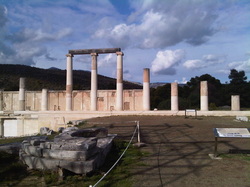
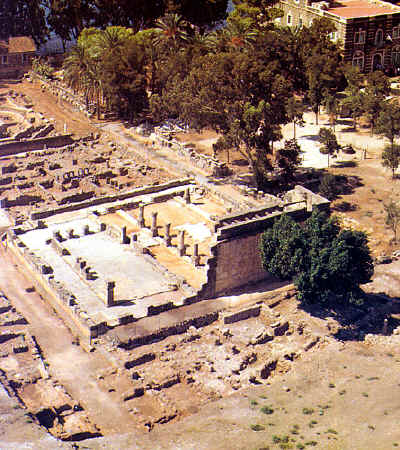
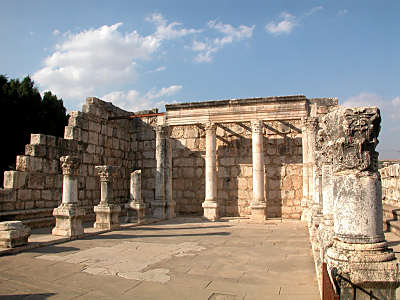


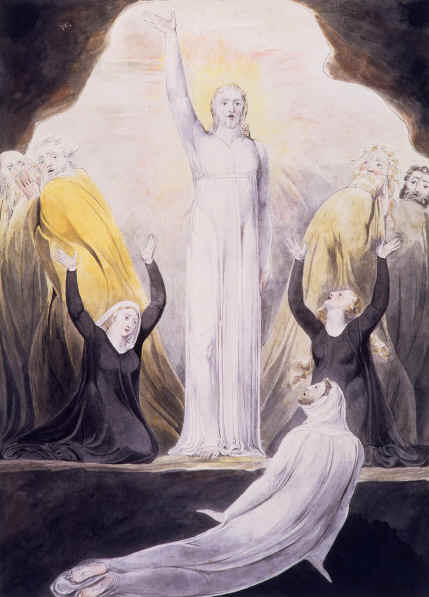
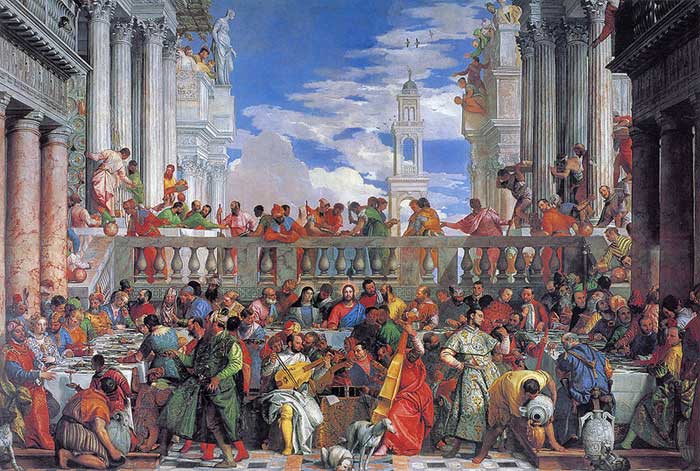
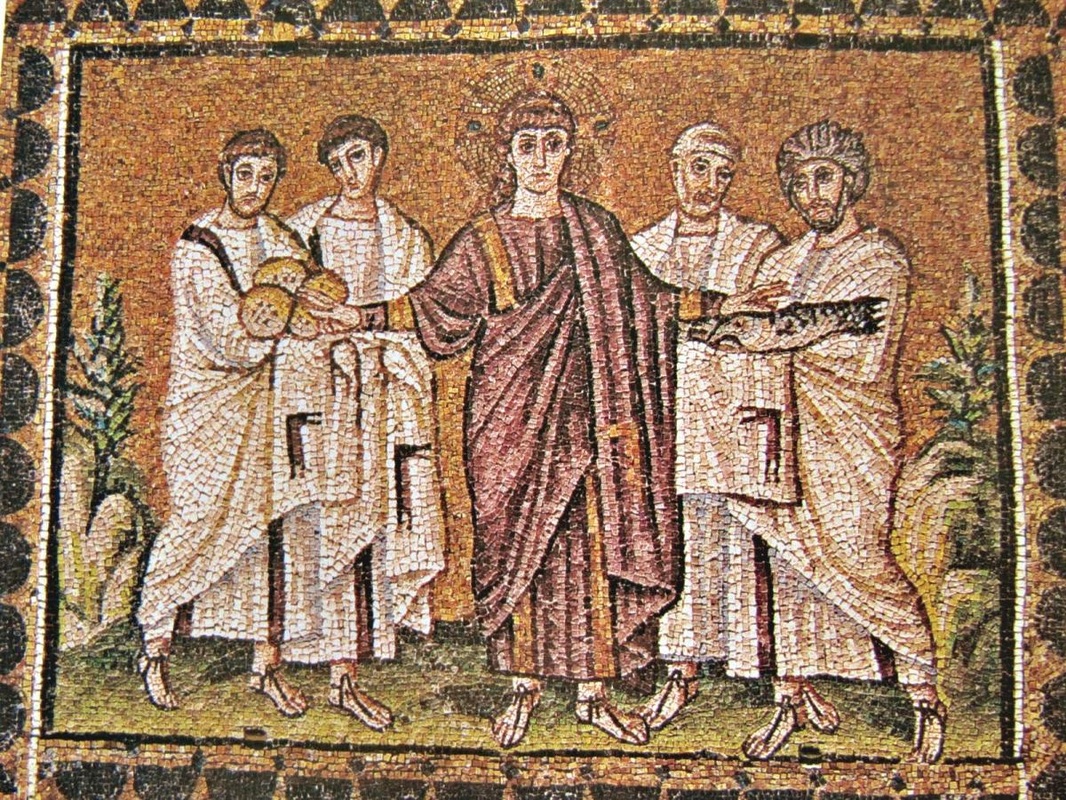

 RSS Feed
RSS Feed